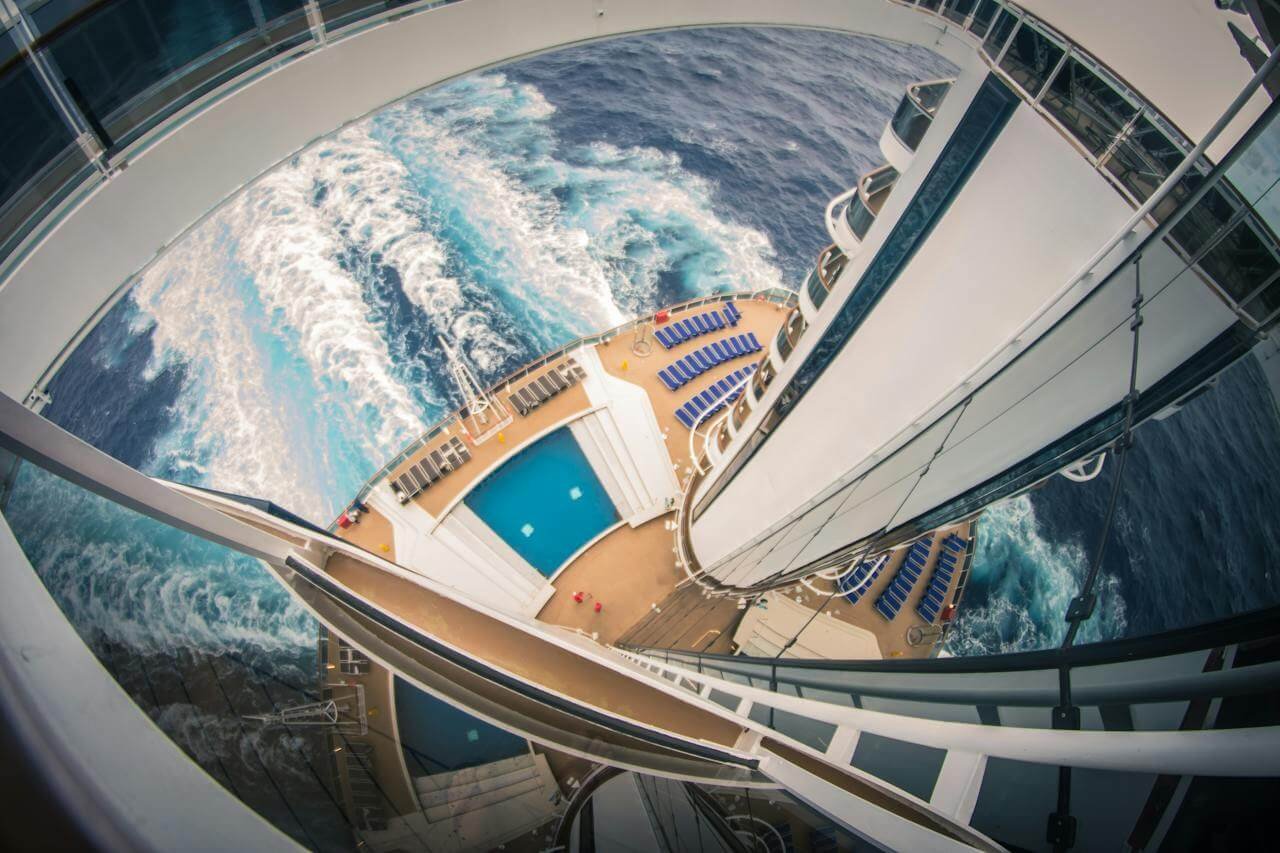How the Cruise Industry is Embracing Sustainability
The cruise industry is the fastest-growing sector in the travel industry.
However, with rapid growth comes rising concerns about sustainability in the long term. A National Geographic piece from 2022 highlights the rise in berth numbers, reaching almost double the amount from a pre-pandemic high of more than 18,000 to a projected 30,000 by 2025.
With newer ships being built to accommodate new cruisers, the industry is more focused than ever on committing to sustainability and eco-friendly initiatives.
My previous post, ‘The Slow Travel Experience,’ highlighted how slow tourism intersects with sustainability.
Aside from benefiting the traveller by promoting self-care, slow travel also focuses on being beneficial for the places being travelled to, prioritising sustainability for local communities and the environment.
One of the ways cruise ships are approaching this is by preventing contributing to over-tourism in top destinations like Venice.
Increasingly strict rules have become more common in remote destinations such as the Galápagos, where no ship may carry more than 100 passengers. In Antarctica, vessels carrying more than 500 passengers aren’t permitted to dock.
Of course, the cruise industry also focuses on other means of fostering sustainability.
Below, we’ll look at some cruise line sustainability initiatives.

Sustainability in the Cruise Industry
Sustainable ship design
As cruise companies continue to build new ships and incorporate new features, many have pivoted towards more sustainable ship designs. Aside from prioritising passenger comfort, environmental responsibility and sustainability have become key focus areas.
Cruise line Explora Cruises offers a variety of luxury destinations and experiences. It is committed to building eco-friendly cruise ships that cater to an increasingly environmentally-aware passenger demographic.
Partnering with Italian shipbuilding company Fincantieri, Explora aims to utilise the latest in environmentally supportive technologies while adapting to alternative energy solutions when they come.
The latest Explora fleet design incorporates provisions for battery storage to allow future hybrid power generation, as well as the newest selective catalytic reduction technology, enabling a reduction of nitrogen oxide emissions by 90%.
Green port initiatives
Aside from the cruise ships, cruise ports are also doing their part in creating a greener and more sustainable cruise industry. The UK’s Port of Dover, the country’s second busiest cruise port welcoming over 25 cruise lines annually, is one of them.
The port has reduced its carbon footprint by 85% since 2007. In 2022, it launched its sustainability initiative — ‘Targeting Our Sustainable Future’ — which includes a commitment to be carbon net zero by 2025.
To do this, the port has introduced sourcing of alternative fuels for land-based port operations and using renewable energy sources. There is also a focus on encouraging cruise lines to meet specific sustainability metrics.
Today, the port continues working with local conservation partners to protect and enhance the environment.

Onboard waste reduction
Back onboard, cruise ships are notorious for their large amounts of waste. A large cruise ship typically has 1.5 tonnes per day of food scraps to dispose of.
Normally, food waste on a cruise ship is treated through a dehydrator to remove moisture and is then incinerated. This is considered the safest, most environmentally friendly option for onboard food waste.
However, more cruise lines today are considering innovative means and solutions to reduce food waste in the first place. Miami-based cruise Royal Caribbean, along with other cruise lines, has started working with artificial intelligence technologies to help manage menu options and food production.
In the long run, this reduces food waste while ensuring passengers get the best quality and freshness regarding onboard meals.
Virgin Voyages have even eliminated buffets entirely, as well as only serving sustainable seafood and direct trade coffee. Not only are they reducing waste, but by sourcing everything responsibly, they’re moving in a great direction when it comes to sustainability.

Environmental crew training
Finally, technology can only do so much.
Cruise ships must be operated and handled by an equally environmentally-conscious crew to ensure sustainability initiatives stick and are effective. Many cruise ships today have environmental officers onboard to promote environmental training to all crew.
Environmental officers also ensure and oversee onboard compliance with ecological requirements. In 2019, international cruise company Carnival Cruise Line launched its environmental training programme, designed to foster a culture of environmental compliance among its crew.
Aside from ensuring compliance among crew members, environmental training also focuses on encouraging other passengers to adopt more eco-friendly habits and ways.
Ultimately, while the cruise industry may have had its fair share of bad rep in eco-consciousness, many cruise lines are committed to changing their ways, one initiative at a time.
Got any questions? Don’t forget to leave them in the comments section below!
Until next time,
XOXO
If you liked this article and would like to support my work, please click the button above to donate a couple of bucks and buy me a coffee. The ad revenue that I receive on this website is minimal, so support from my readers enables me to keep creating content that you (hopefully!) love to read.
